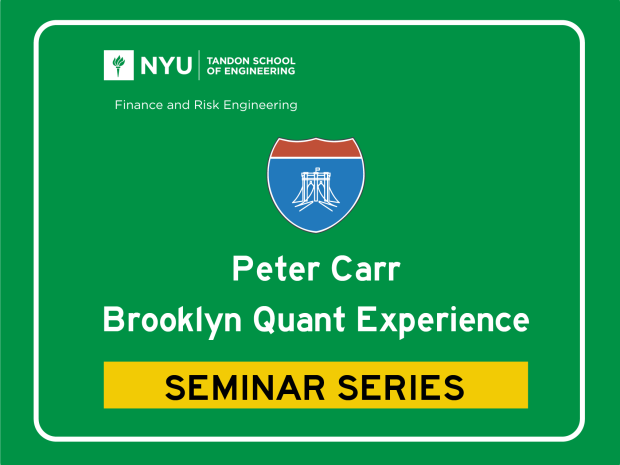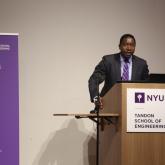Peter Carr Brooklyn Quant Experience (BQE) Seminar Series: Bruno Kamdem

Title
A Reinforcement Learning Mechanism for Trading Wind Power Futures
Abstract
Recent developments in Europe have disrupted gas supplies and reignited the urgency of moving towards electricity production from winds. But, the narrow predictability of wind and the intermittency of electricity generation can complicate decisions within trading desks. To alleviate the issue at hand, an attempt in this paper is to provide an optimal training mechanism by accounting seasonalities in wind productions as electricity is sold in the exchange. We formulate the problem from the standpoint of an institutional investor concerned with ESG factors. For the trader, we define his reward at each future price after a number of trades. We introduce a parametrized approximate value function using deep convolutional neural networks in which we specify the weights of the Q-network at each iteration. We derive some key implications for the trader as to the best time to buy wind power futures and at what price to do it.
Bio
Bruno Kamdem is an expert in Climate and Energy Finance as well as a Data Science Consultant and Educator. He is currently an adjunct faculty at New York University, Tandon School of Engineering, Finance and Risk Engineering Department. Bruno is a Co-founder and Principal of a Startup Actuarial Consulting firm where he leads strategic initiatives to assess and report carbon exposure and climate performance. In that capacity, he also leads the development of emerging ESG market bond indices, afforestation efforts, and green bond solutions in various jurisdictions in East and central Africa. Concomitantly, Bruno is a part-time lecturer in Mathematical Finance at the Johns Hopkins University, department of Applied Mathematics and Statistics. He has made presentations at a Bloomberg BBQ seminar and the University of Toronto Fields Institute. Bruno obtained his Ph.D. in Operations Research from the School of Engineering and Applied Science at the George Washington University, an M.S. in Applied Mathematics, and a B.S. in Mathematics & Economics, both from the University of Maryland, Baltimore County.


